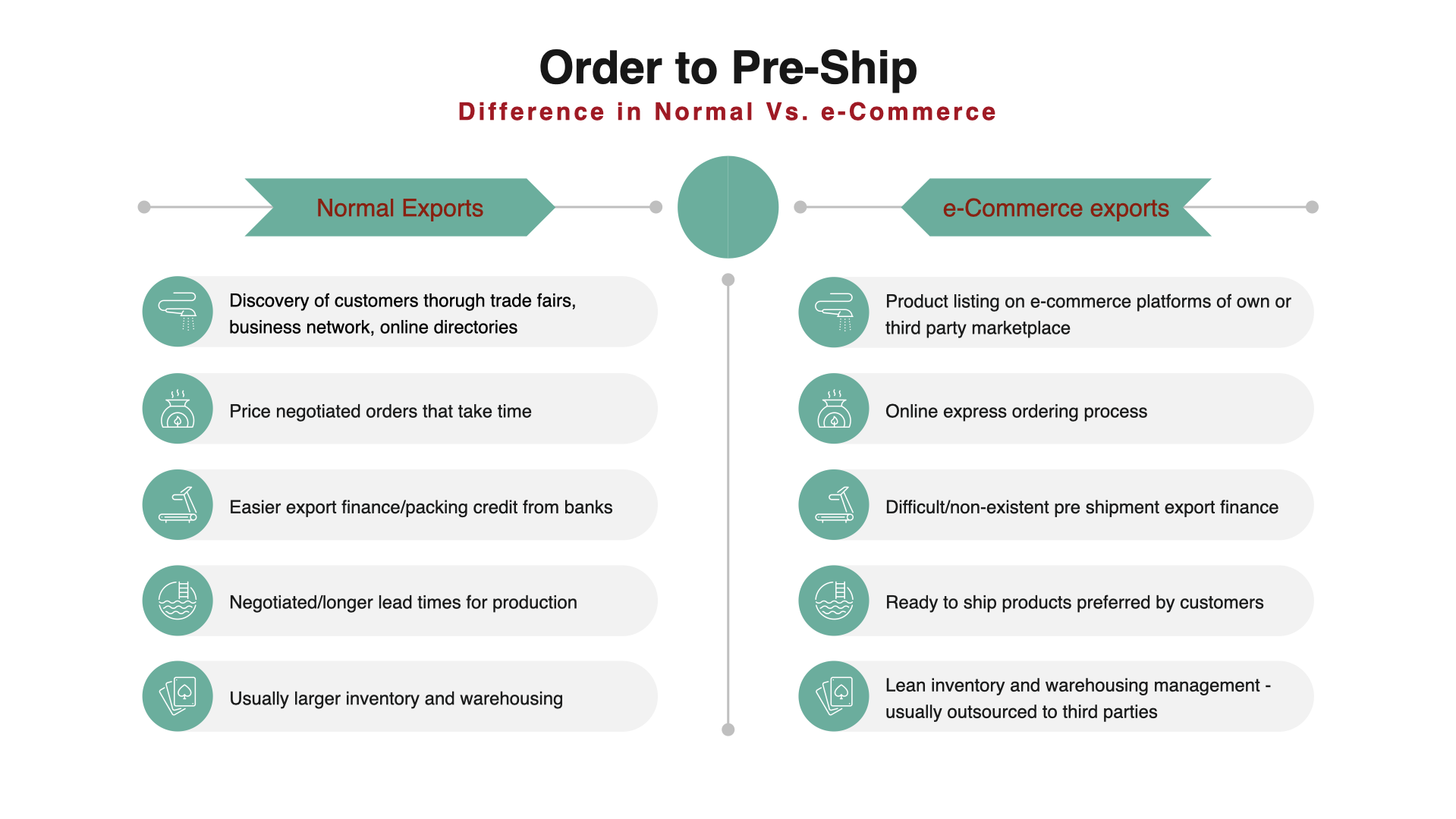China's share in India's Imports: An analysis with focus on Intermediates and Capital Goods

India's trade dependence on China has been a subject of intense discussion, often focusing on the value of imports and the balance of trade that is heavily tilted against India. We imported around 101.7 Billion USD worth of goods from China during FY23-24 and exported just 16.7 Billion USD worth of goods to China. This makes China the largest trading partner , and raises some critical questions. The questions that come to mind are: 1. Why do we import so much from China? 2. What do we import from China? Can we avoid these imports? Are there items in our imports for which we are critically dependent on China? 3. What can we do to decrease imports from China in the medium to long run? What measures are others taking? Would such measures impact us and how? Before we attempt to answer these, we need to analyze what we import from China. Let's dive into it. I have used the Broad Economic Categories (BEC) classification as it gives more meaningful analysis of data for our p
